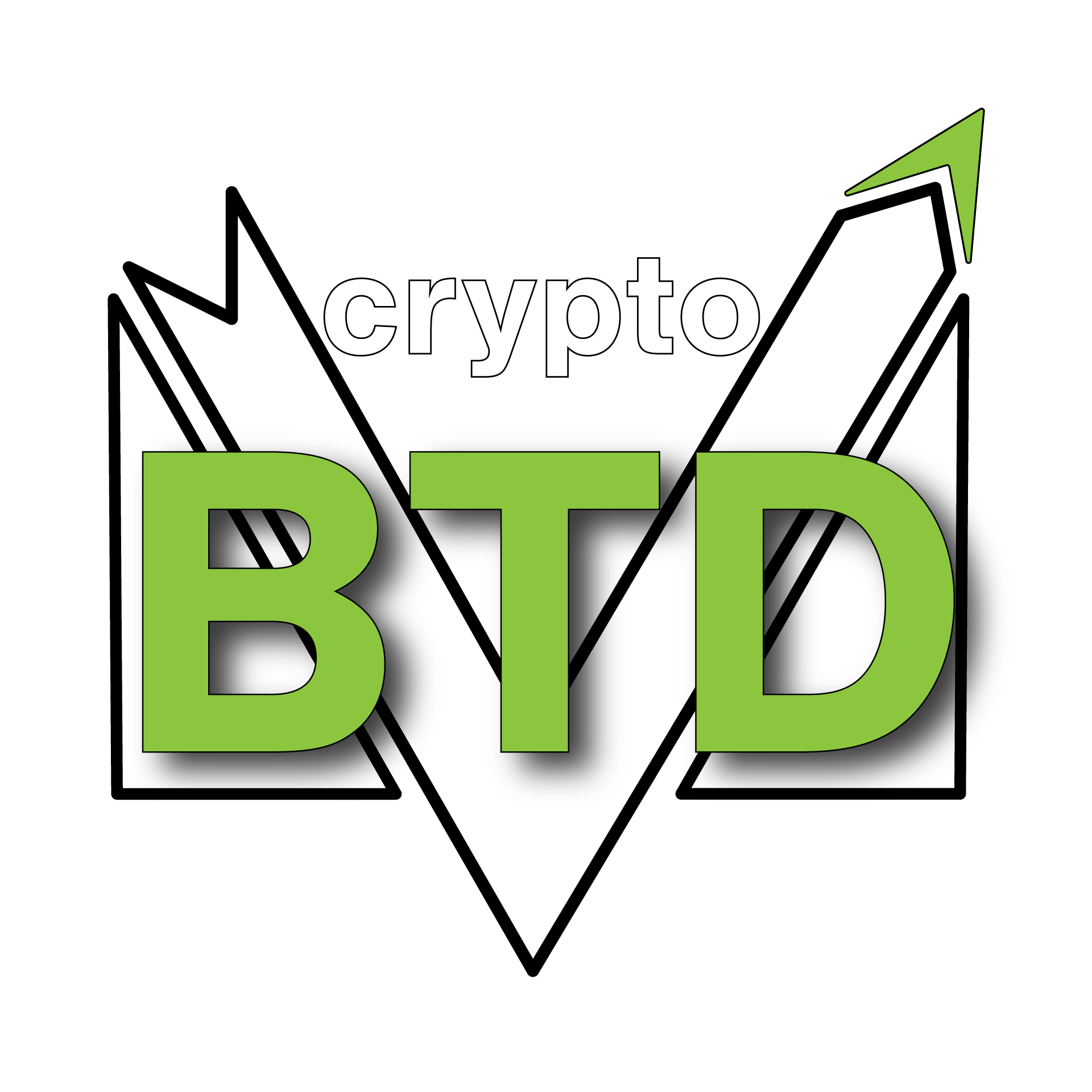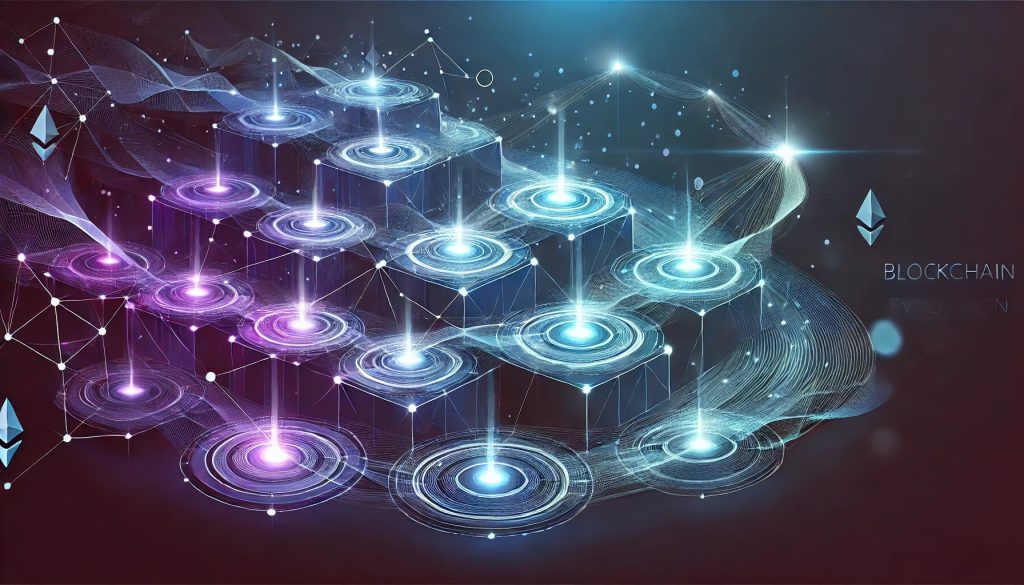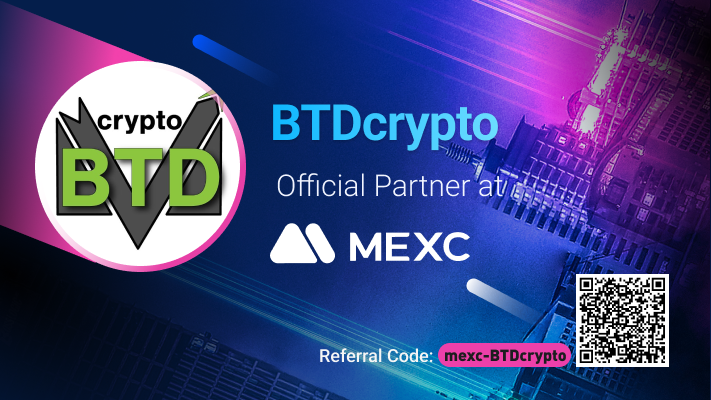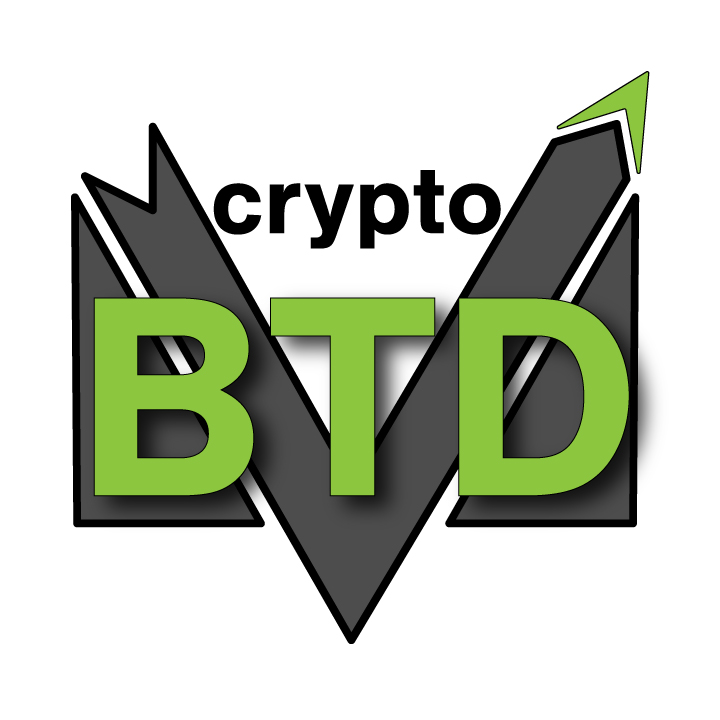Table of Contents
In the world of cryptocurrency and blockchain, one term pops up a lot: Layer 1. But what exactly does that mean? And why does it matter?
Let’s break down Layer 1 (L1) in a way that’s easy to understand. We’ll explore what it is, why it’s important, the problems it’s facing today, and how developers are working to fix them. We’ll also look at the future of Layer 1 and the trends shaping this critical part of the blockchain world.
What Is a Layer 1 Blockchain?
A Layer 1 blockchain is the base layer of a blockchain network. It’s the main chain where transactions are recorded and validated. Think of it like a highway where all the cars (transactions) travel. Bitcoin, Ethereum, Solana, and Avalanche are all examples of Layer 1 blockchains.
Layer 1s are responsible for three main things:
- Security – Making sure no one can cheat or change data.
- Decentralization – Spreading control across many users, not just one group.
- Scalability – Handling more users and transactions without slowing down.
These three parts are part of something called the blockchain trilemma.
The Blockchain Trilemma: A Big Puzzle
The blockchain trilemma is a problem first described by Ethereum creator Vitalik Buterin. It says a blockchain can usually only be great at two out of the three things: security, decentralization, and scalability.
- If a blockchain is super secure and decentralized, it might be slow.
- If it’s super fast and secure, it might be controlled by just a few people.
- If it’s fast and decentralized, it might not be as secure.
This is the main problem Layer 1 blockchains are trying to solve today.
A good example is Bitcoin. It’s very secure and decentralized, but it’s not very scalable. Ethereum is more flexible but also struggles with speed when there’s high demand.
Problems Layer 1s Are Facing Today
1. Scalability Issues
Most Layer 1 blockchains can only handle a limited number of transactions per second (TPS). For example:
- Bitcoin: ~7 TPS
- Ethereum: ~15-30 TPS
This is very low compared to traditional systems like Visa, which can handle over 24,000 TPS.
When too many people use a Layer 1, the network gets congested. This leads to slow transactions, delays in confirmations, and very high gas fees. These issues are especially noticeable during NFT mints or when popular DeFi platforms get a spike in users.
2. High Gas Fees
On Ethereum, users sometimes have to pay $10–$100 just to send a transaction or use a dApp (decentralized application). This makes it hard for everyday users to participate. In some cases, the fee can be more than the value being transferred, which makes no sense for small transactions.
3. Environmental Concerns
Some Layer 1s (like Bitcoin) use a method called Proof of Work (PoW), which requires lots of electricity. This has raised concerns about its impact on the environment. Bitcoin mining operations consume more electricity than some small countries, which has led to criticism from environmental groups.
4. Security and Hacks
While Layer 1s are designed to be secure, they’re still targets for hackers. Bugs in the code or flaws in the design can lead to huge losses. For example, the DAO hack on Ethereum in 2016 led to a major fork that split the network into Ethereum and Ethereum Classic.
5. Developer Fragmentation
With so many new Layer 1s launching, developers are often split between ecosystems. This can lead to a lack of standard tools, confusion for users, and slower overall progress in blockchain adoption.
How Layer 1s Are Solving These Problems
1. Switching to Proof of Stake (PoS)
Ethereum recently moved from PoW to Proof of Stake (PoS) through a major upgrade known as “The Merge.” PoS uses validators instead of miners, and it consumes over 99% less energy than PoW. Other Layer 1s like Solana, Avalanche, and Cardano already use PoS or variations like Delegated Proof of Stake (DPoS).
In PoS, validators are chosen to add new blocks based on the amount of crypto they “stake” or lock up as collateral. This makes the network faster and more eco-friendly.
2. Sharding
Sharding is a way to split the blockchain into smaller pieces called shards. Each shard processes its own transactions and smart contracts. This allows the network to process many transactions in parallel rather than one at a time.
Ethereum plans to roll out sharding as part of its long-term scaling roadmap. Once live, it could allow Ethereum to handle tens of thousands of TPS.
3. Layer 2 Solutions
Layer 2 (L2) solutions are built on top of Layer 1 blockchains to help them scale. These solutions handle transactions off-chain and then post the results back to Layer 1.
Examples include:
- Arbitrum and Optimism: Rollup solutions on Ethereum that offer faster and cheaper transactions.
- Lightning Network: A payment channel network built on top of Bitcoin for faster payments.
These solutions reduce the load on Layer 1 and improve the user experience.
4. New Consensus Mechanisms
Some blockchains are creating entirely new ways for nodes to agree on what’s true (consensus). Examples include:
- Avalanche Consensus: Reaches consensus quickly using repeated random sampling.
- Tower BFT (Byzantine Fault Tolerance): Used by Solana to allow ultra-fast confirmation times.
These new methods are faster and more scalable than older ones like PoW and traditional PoS.
5. Better Tooling and Developer Support
Many Layer 1s are now offering easier development tools, better documentation, and funding grants. Platforms like Solana, Near, and Polkadot are heavily investing in developer ecosystems to make building on their chains easier.
The Present and Future of Layer 1s
Current Top Layer 1s
Here are some of the major Layer 1 blockchains and what they’re known for:
- Bitcoin: The original blockchain. Focuses on security and decentralization, but not very scalable.
- Ethereum: The top smart contract platform. Recently upgraded to PoS and planning more scalability improvements.
- Solana: Known for high speed and low fees, but has faced some technical problems and outages.
- Avalanche: Focuses on flexibility and speed, with a unique consensus method.
- Cardano: Emphasizes research and development with a slow but steady approach.
- Near Protocol: A scalable Layer 1 using a technique called Nightshade sharding.
- Sonic: A high-performance Layer 1 blockchain designed for gaming, metaverse, and real-time apps. Sonic offers near-instant finality, high throughput, and a modular, developer-friendly architecture focused on speed and interoperability.
- Polkadot: Aims to connect multiple blockchains together, acting as a Layer 0 with multiple parachains.
Future Trends
1. Speed and Scalability Will Keep Improving
The biggest trend is the push for speed. Networks are racing to increase their TPS while keeping fees low. As blockchain becomes more popular, speed will be crucial for mainstream adoption.
2. More Custom Layer 1s
We’ll see more blockchains tailored for specific purposes:
- Gaming: High-speed, low-cost chains like Immutable X and Ronin.
- DeFi: Secure and composable networks like Ethereum, Avalanche, and Cosmos.
- Social Media & Content: Decentralized platforms like Lens Protocol and Farcaster built on optimized Layer 1s.
3. Interoperability Between Chains
Chains will become more connected through bridges, messaging protocols, and multichain wallets. Examples:
- Cosmos IBC (Inter-Blockchain Communication)
- Polkadot’s XCM protocol
- LayerZero and Wormhole
This will allow users to move assets and data easily between networks.
4. Better User Experience
From wallets to dApps, everything is becoming easier to use. Abstracting away the complexity of blockchains will help onboard new users.
- Auto gas fee estimation
- Human-readable wallet addresses
- Seamless multichain transactions
5. Focus on Sustainability
As public awareness grows, so does the demand for greener technologies. Expect more eco-friendly consensus algorithms and carbon offset programs.
Case Study: Ethereum’s Evolution
Ethereum started as a PoW chain, which was slow and expensive under heavy use. But it’s evolving:
- The Merge moved Ethereum to PoS, cutting energy use by 99%.
- The Surge will bring sharding to scale transactions.
- The Scourge, The Verge, The Purge, and The Splurge are other planned phases to improve efficiency and security.
Ethereum’s multi-step roadmap shows how major Layer 1s evolve over time to meet user needs and stay competitive.
Conclusion
Layer 1 blockchains are the foundation of the crypto world. While they face big challenges like scalability, high fees, and energy use, developers are working hard to fix them. The shift to Proof of Stake, the use of sharding, and the rise of Layer 2s are just a few ways the ecosystem is evolving.
As technology improves, Layer 1s will become faster, cheaper, and more user-friendly. They’ll also become more specialized, opening the door for innovation across industries. The blockchain trilemma may not be solved completely, but with smart solutions, we’re getting closer every day.
If you’re curious about crypto, understanding Layer 1 is a great place to start. It’s where everything begins—and where the future is being built.








0 Comments